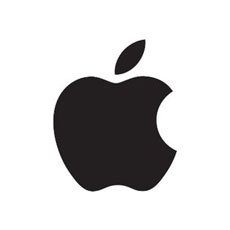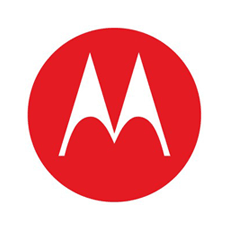Showing: 1 ‐ 15 of 104 Phones
What's good
- All-day battery life
- Great camera
- Vivid display
- Ample storage
- Dual-SIM support
- microSD support
What's bad
- Dim screen
- Price
- Pressure-sensitive display is gimmicky
- Below-average gaming performance
What's good
- Incredibly fast performance
- Great battery life
- Sharp pictures with accurate colors
- Scratch-resistant
What's bad
- Slippery
- Slow auto-focus on camera
- Display not as sharp as competitors
- No 3.5mm headphone jack
What's good
- Great camera
- Blazing performance
- Solid, eye-catching design
- Fast charge support
- All-day battery
- 128GB of internal storage
- Bright, punchy display
What's bad
- No microSD support
- Clunky camera interface outside of auto
- No IP67 water-resistance
Verdict
Unless you’re looking at the phone’s bigger sibling -- the P20 Pro -- the P20 has little competition at its price point. A great camera, all-day battery, vivid screen, and plenty of power make it a great choice for anyone looking for a top-tier device at a lower price.
What's good
- Snappy performance
- Plenty of storage
- microSD support
- Colorful, bright display
- All-day battery life
What's bad
- Camera so-so
- Fast charging not so fast
- Heavily modified software
- Display notch larger than most
Verdict
While it can’t keep up with flagship gaming phones, the Huawei Honor Play packs a serious punch at an affordable price. Unless you need a top-of-the-line camera, its combination of performance and price make it an excellent value.
What's good
- All-day battery life
- Blazing performance
- MicroSD support
- Dual-SIM
- Crisp camera
- Fast fingerprint scanner
What's bad
- Too big for one-handed use
- EMUI 4.0 heavily modifies Android
- Lower resolution display than competition
What's good
- Excellent low light picture quality
- Vibrant and sharp display
- Extremely thin at 0.25 inches
What's bad
- Performance lag during multi-tasking and intense tasks
- Mediocre battery life
- Sharp in-hand feel
What's good
- Beautiful design
- Bright, vibrant display
- Smooth performance
- Great battery life
- Good camera
- Fast charging
What's bad
- Auto mode on camera leads to hit-or-miss pictures
- Heavy at 189 grams
Verdict
The Mate 20 Pro might not be Huawei’s cheapest phone but it’s one of the best. It provides an attractive package in terms of design, features, performance and camera capabilities.
See full review, specs & prices




















